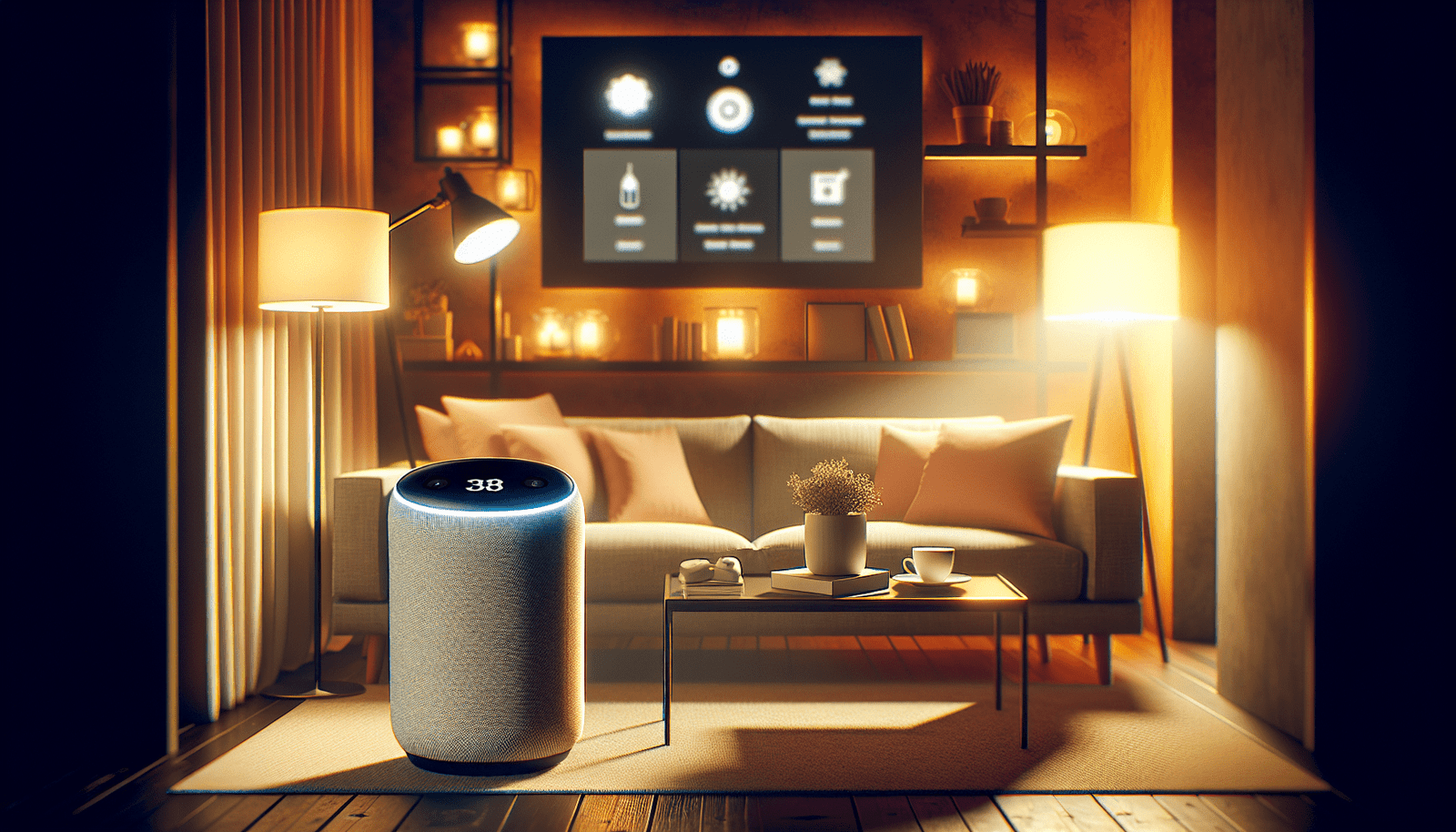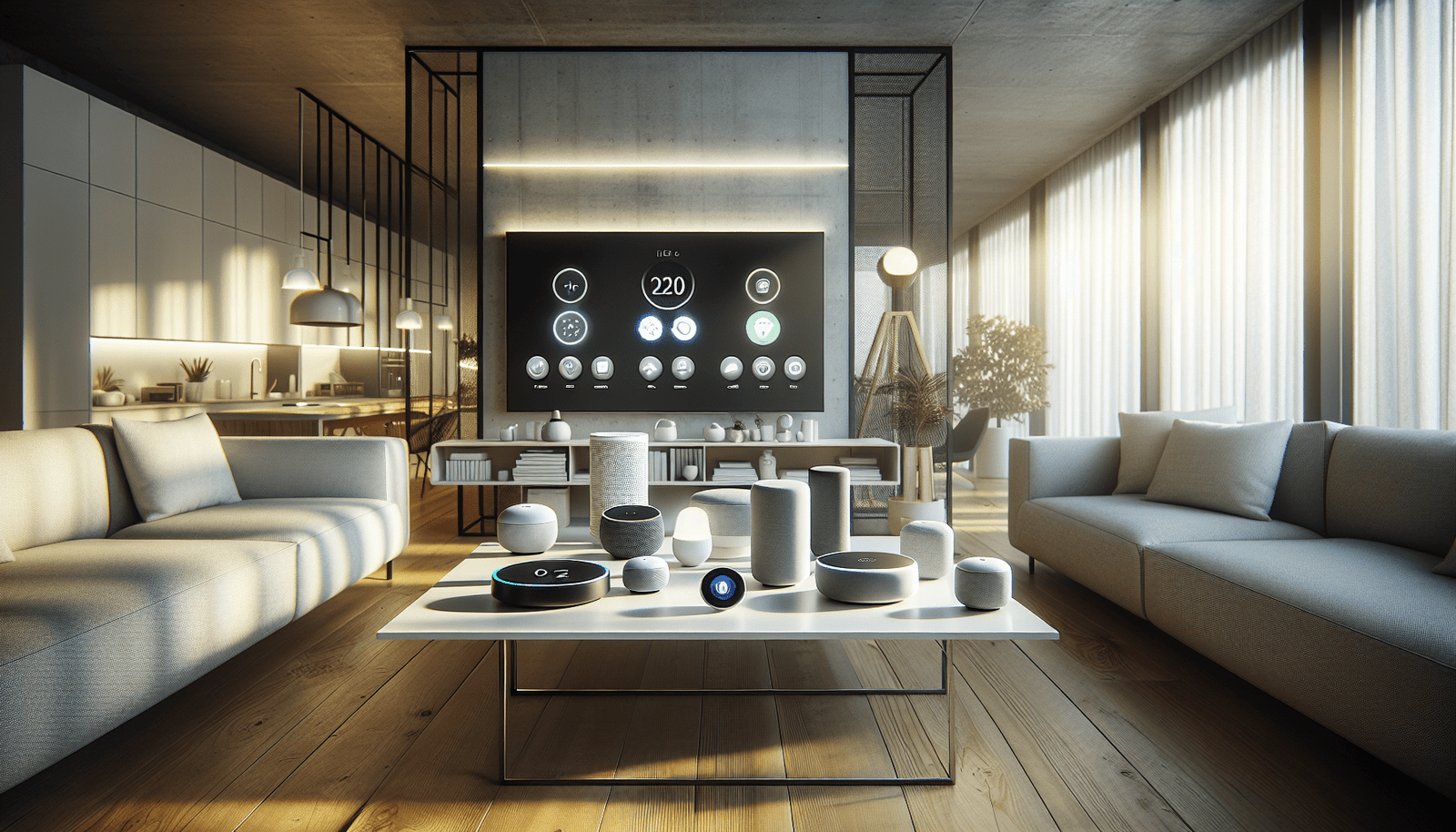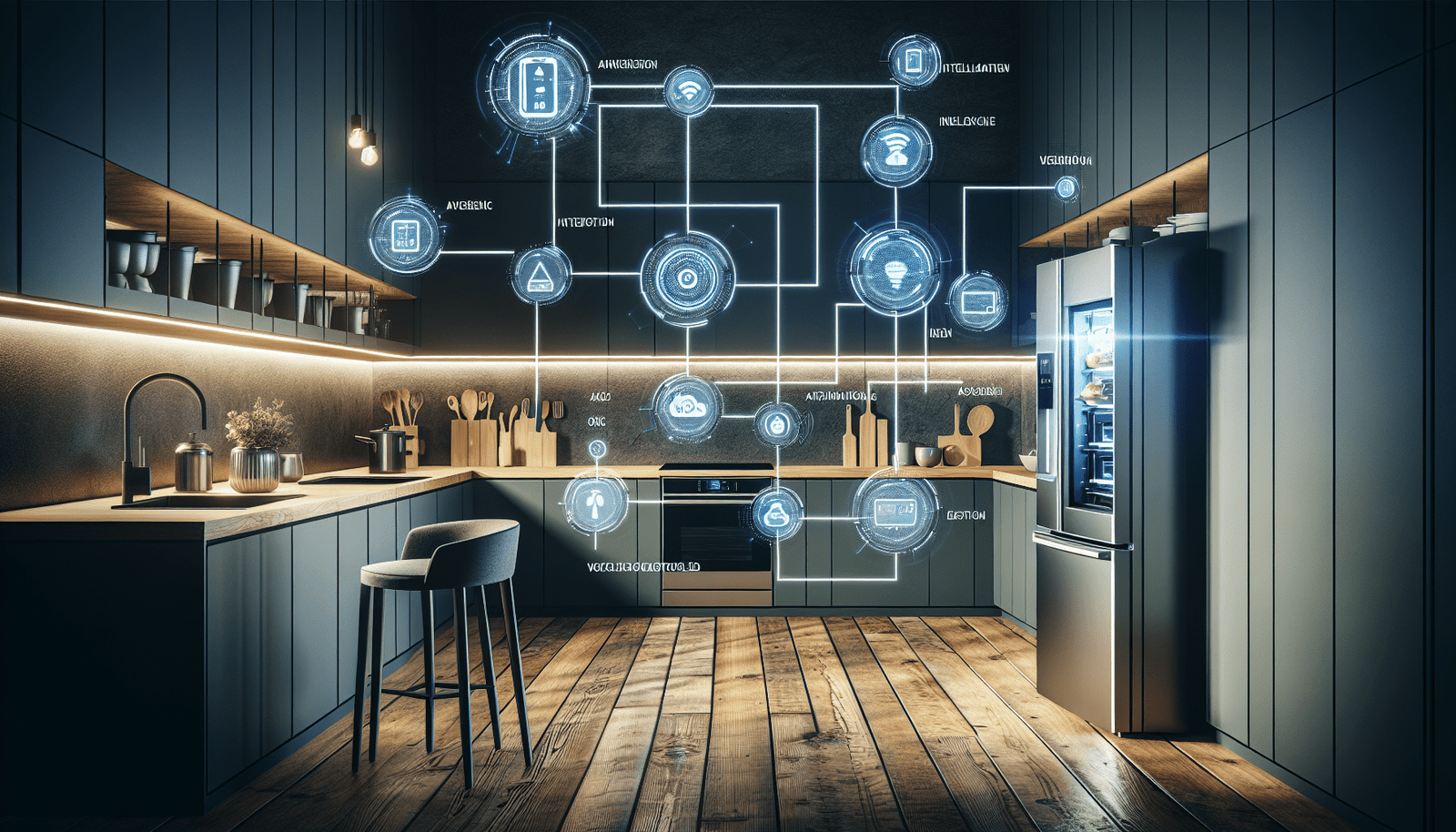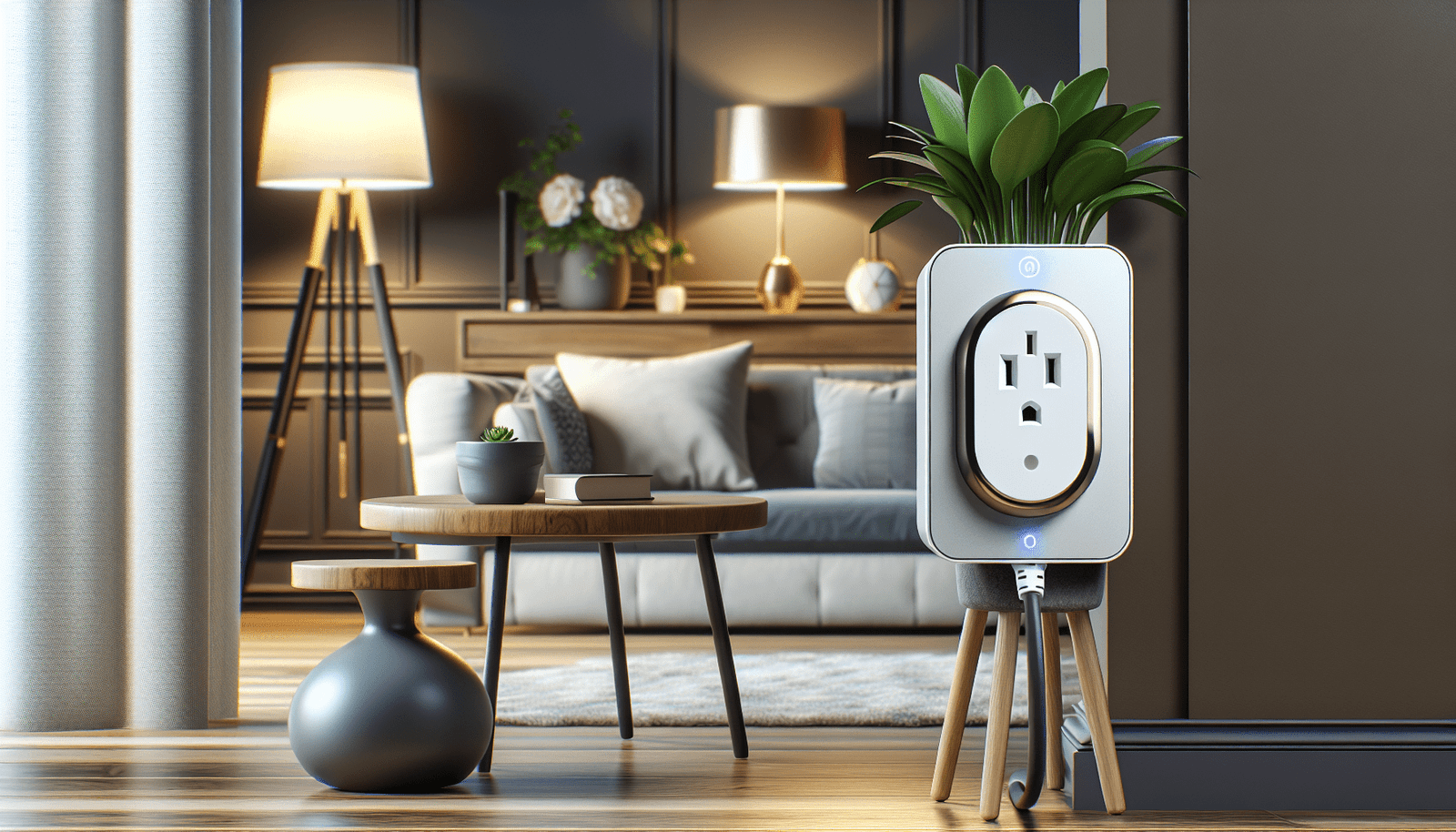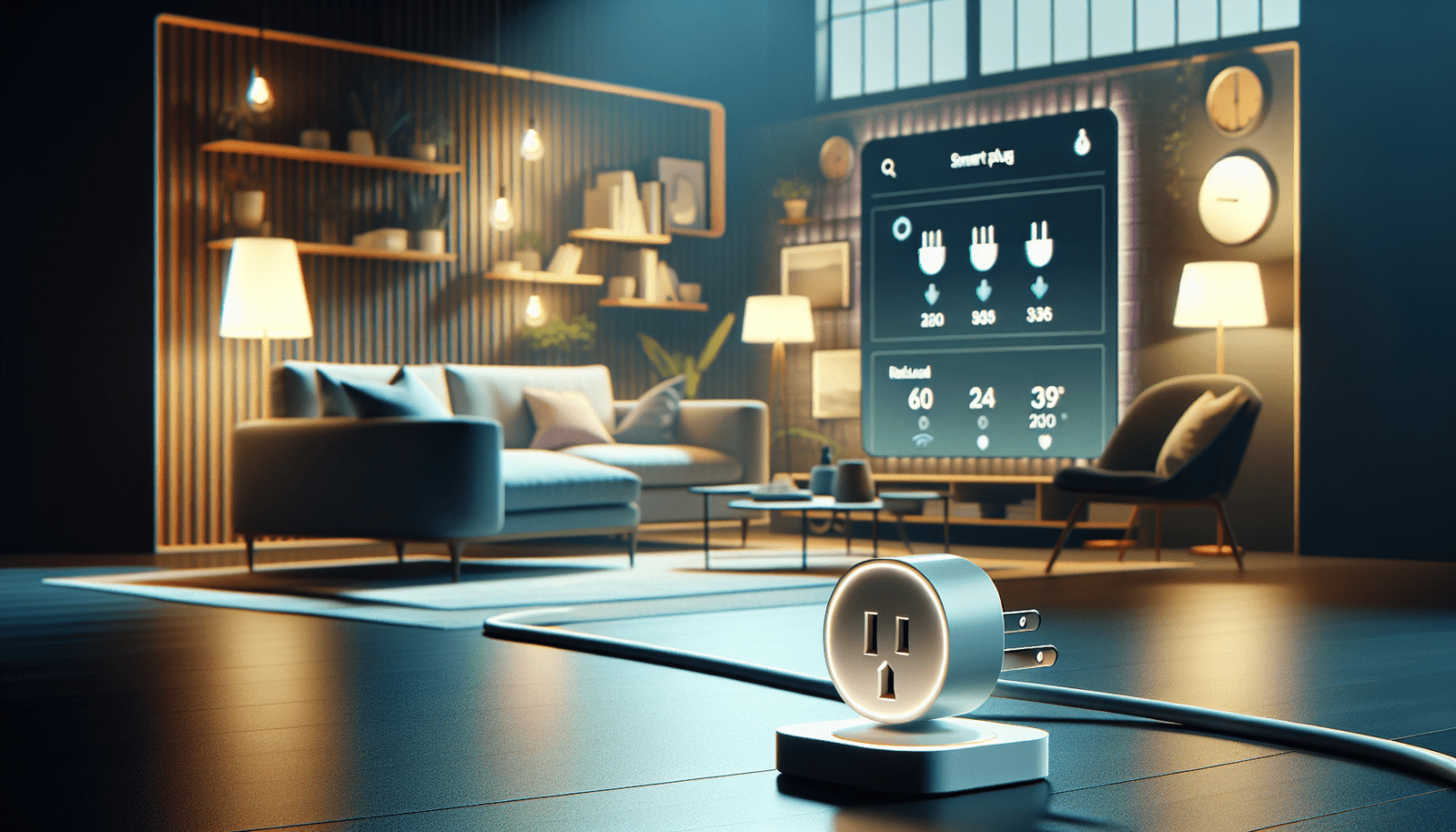What comes to mind when you think of a home filled with technology? Is it a space where every device talks to each other, making your life easier, or is it merely having devices that can be controlled remotely? Understanding the distinctions between a smart home and a connected home can help you make informed choices as you think about incorporating technology into your living space.
Defining Smart Homes and Connected Homes
To begin with, let’s clarify what these terms mean. A smart home refers to a residence that uses technology to enhance and automate daily living. This includes smart devices equipped with advanced technology, designed to improve convenience, security, and energy efficiency. Examples include smart speakers, intelligent thermostats, and security systems tailored to your needs.
Conversely, a connected home implies that your devices are linked to the internet and can communicate with one another. This connection allows you to manage devices through apps or voice commands, even when you’re not at home. While all smart homes feel connected, not all connected homes qualify as smart—some may simply have devices that can be controlled remotely without interference from other gadgets.
Key Features and Functions
Both smart homes and connected homes come with their own set of features and functions that cater to the needs of homeowners, renters, and tech enthusiasts alike. Here’s a closer look at what each type of home offers.
Smart Home Features
-
Automation: Automation is at the heart of smart homes. With automation, you can set routines for your devices like lights turning on at sunset or the thermostat adjusting before you arrive home.
-
Enhanced Security: Many smart home systems come with security features like smart locks, cameras, and alarm systems that send alerts to your phone, offering peace of mind.
-
Energy Efficiency: Smart devices often come with the ability to monitor and reduce energy consumption. This means you could save money on utility bills while staying eco-friendly.
-
User-Centric Control: You can control smart devices with your voice or through smartphone apps, giving you comfort and convenience at your fingertips.
Connected Home Features
-
Remote Management: In a connected home, you can manage your devices from anywhere, provided you have an internet connection. This is especially handy for controlling heating or checking security cameras while on vacation.
-
Interoperability: A wide range of devices can communicate as long as they are part of the same network. This means brands can work together, making your overall setup more flexible.
-
Scalability: Adding new devices to a connected home is easier. You can start small and expand your system over time based on your preferences and needs.
-
Real-Time Notifications: You can receive instant updates on device performance, such as changes in temperature or security alerts if an unexpected motion is detected.
The Cost and Value Considerations
When thinking about setting up either a smart home or a connected home, financial considerations are critical. It’s essential to weigh both the initial costs and long-term savings that these systems might offer.
Installation Costs
-
Smart Home: Smart devices typically have higher upfront prices due to their advanced features. Installation can also be more complex if the devices require professional setup.
-
Connected Home: Devices might be less expensive initially, especially if you opt for lower-tech solutions, but keep in mind that you may need to replace devices sooner if they become obsolete.
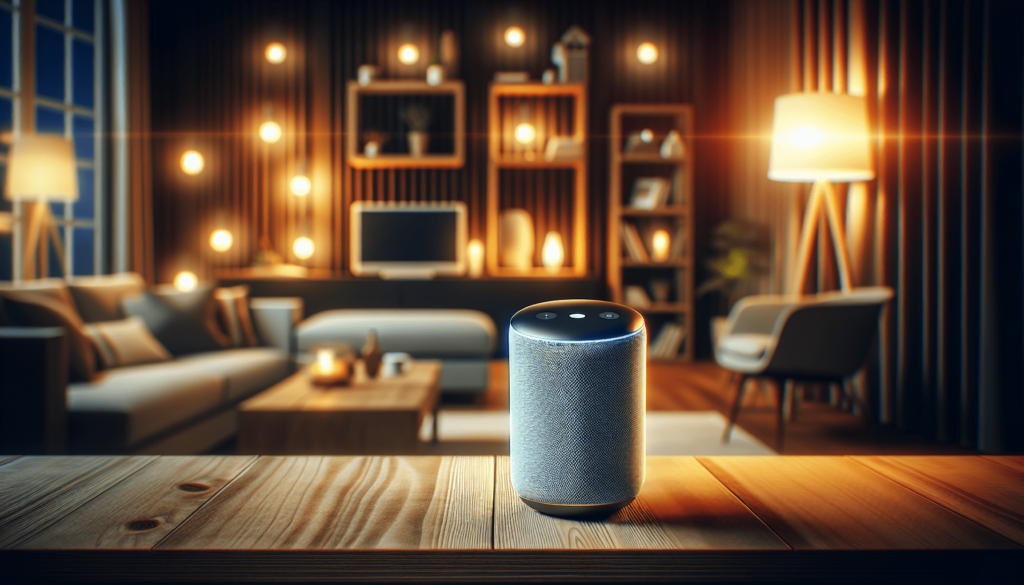
Long-Term Savings
Investing in smart technologies can lead to savings over time. Smart thermostats can adapt to your schedule, optimizing your heating and cooling patterns to reduce energy costs significantly. Similarly, smart lighting systems can detect when rooms are unoccupied, ensuring lights are only on when needed.
Examples of Cost-Effective Smart Devices
| Device | Estimated Cost | Potential Savings |
|---|---|---|
| Smart Thermostat | $100 – $250 | Up to 30% on energy bills |
| Smart LED Bulbs | $10 – $30 | 80% less electricity use |
| Smart Security Camera | $50 – $300 | Reduced home insurance premiums |
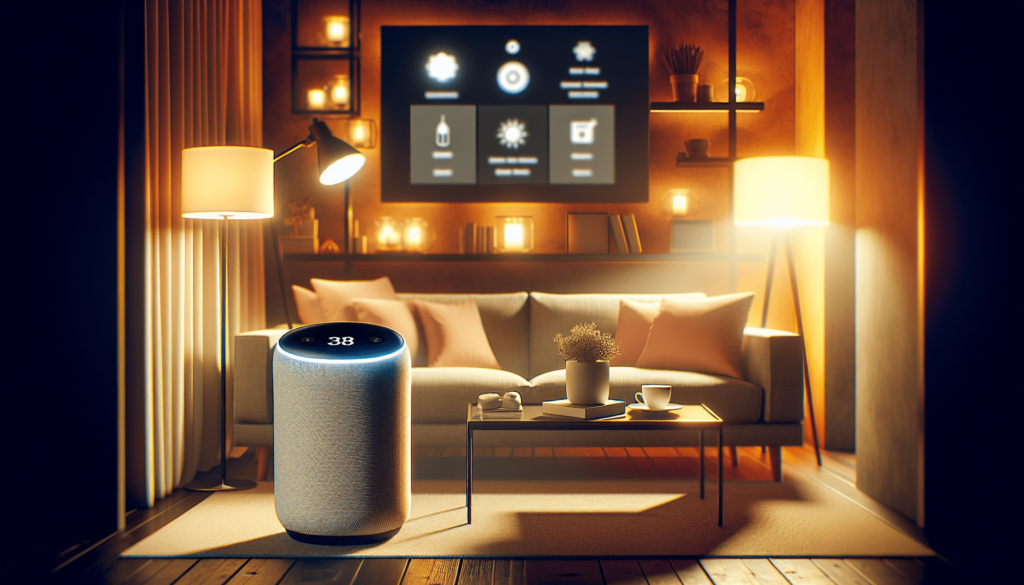
Practical Setup Guides
Getting started with smart and connected devices can be exciting, but you might be unsure where to start.
Starting with Smart Devices
-
Identify Needs: Determine what problems you want your devices to solve. Is it energy efficiency, security, or convenience?
-
Research Products: Read reviews and understand features. Choose products that align with your goals.
-
Integration: Once you’ve purchased your devices, take time to integrate them. Most manufacturers have apps available for seamless setup.
-
Experiment: Play around with different settings and automations until you find what works best for your lifestyle.
Setting Up a Connected Home
-
Choose a Hub: If you want multiple devices to work together, consider investing in a hub that connects various devices.
-
Connect Devices: Start adding devices to the hub via their respective apps, following the manufacturer’s instructions for setup.
-
Create Automations: Within your hub app, set up rules for interactions between devices, like turning off lights when the security system is activated.
Security and Privacy Factors
When moving toward smart or connected living, security and privacy should be front and center in your considerations. With increased convenience comes potential vulnerabilities.
Potential Risks
-
Hacking: IoT devices can be hacked if they are not secured properly. Strong, unique passwords and regular updates are essential.
-
Privacy Concerns: Some devices collect data on your habits. Understanding what data is collected and how it is used is vital.
-
Third-Party Access: When using third-party apps or services, double-check what permissions you’re granting these apps.
Best Practices for Security
-
Regular Updates: Keep your devices updated to safeguard against vulnerabilities.
-
Network Segmentation: Consider using a separate network for your smart devices to reduce risk.
-
Two-Factor Authentication: Utilize two-factor authentication when available for an added layer of security.
Energy Efficiency and Sustainability
The modern homeowner is increasingly aware of sustainability, and smart homes present a unique opportunity to enhance energy efficiency.
How Smart Devices Contribute to Energy Efficiency
-
Adaptive Energy Use: Devices can learn your routines, adjusting energy consumption accordingly.
-
Remote Monitoring: You can monitor your energy use from your smartphone and make adjustments in real time.
-
Usage Reports: Many smart devices offer insights into your energy consumption patterns, helping you identify potential savings.
Compatibility and Connectivity
Considering how all your devices communicate is crucial. Compatibility among devices can greatly enhance your experience and convenience.
Device Compatibility
-
Brand Ecosystems: Some brands offer entire ecosystems of products designed to work seamlessly together, such as Google Nest or Amazon Alexa.
-
Open Standards: Look for devices that support open protocols like Zigbee or Z-Wave, which allow devices from different manufacturers to communicate.
-
Firmware Updates: Keep an eye on firmware updates, as they can enhance compatibility features over time.
Future-Proofing and Innovation
Technology is always changing, and being prepared for the future can save you from having to complete another costly upgrade in a few years.
Emerging Trends
-
Voice Control: Voice-activated devices are becoming increasingly common, allowing you to interact with your home in more natural ways.
-
AI Integration: Artificial intelligence is being integrated into smart devices, enabling them to make proactive decisions.
-
Energy Optimization: Expect future devices to offer even more advanced features to optimize energy use based on real-time data.
Making Smart Home Investments Fit Your Needs and Budget
Ultimately, whether you opt for a smart home or a connected home, make decisions based on your lifestyle and budget.
Assessing Your Needs
-
Evaluate Your Habits: Consider which tasks take up your time and energy—is it managing utilities, keeping your home secure, or staying connected while you’re away?
-
Set Priorities: Decide which aspects of smart living appeal most to you. Is it energy savings, security enhancements, or just the fun of having your home at your fingertips?
Budget-Friendly Approaches
If you’re just starting, a phased approach with lower-cost devices can be wise. Start with a smart speaker or smart bulbs before investing in larger systems.
Conclusion
Understanding the difference between a smart home and a connected home can guide you in creating a living space that’s tailored to your needs and preferences. Whether you’re looking to enhance security, increase energy efficiency, or simply make life more convenient, both smart and connected technologies have something to offer. By carefully considering your budget, needs, and preferences, you can transform your home into a harmonious blend of technology and comfort. The future of home living is here, and it’s smart, connected, and waiting for you to take the plunge!
